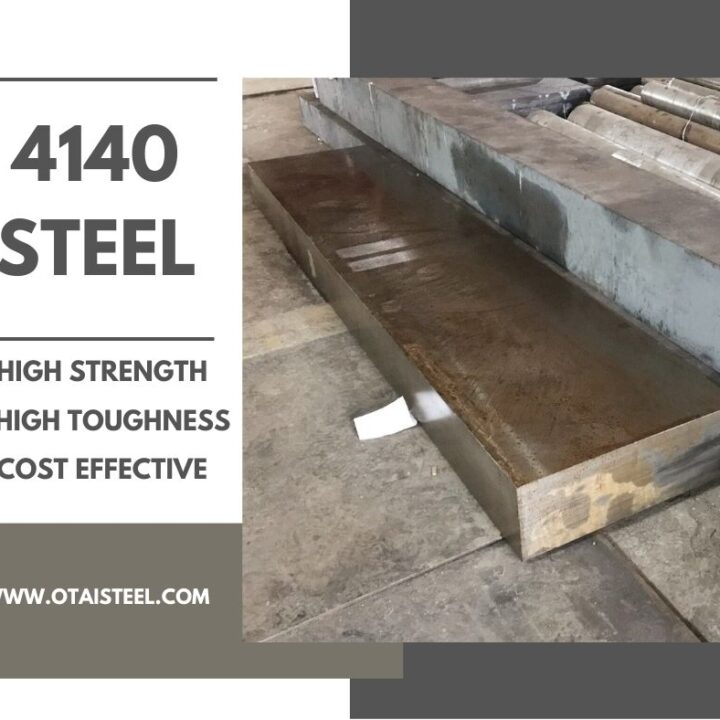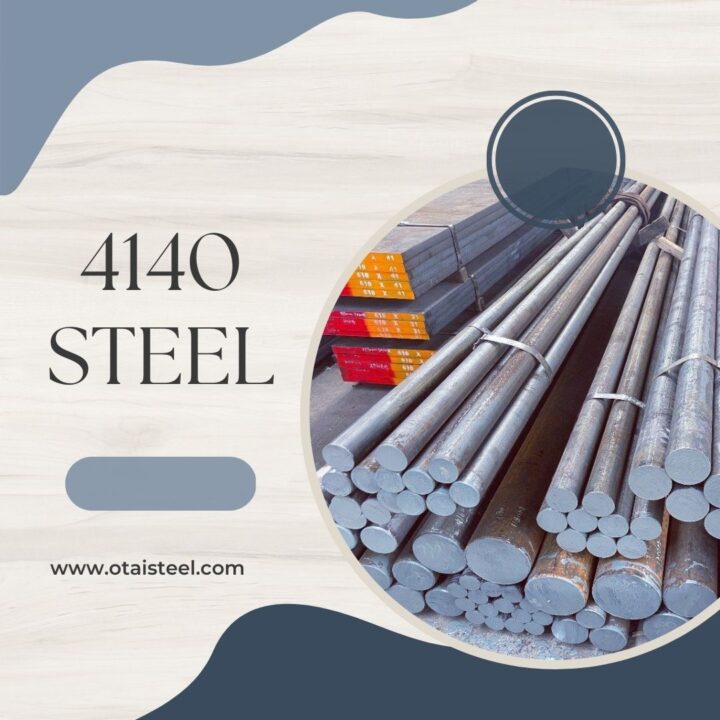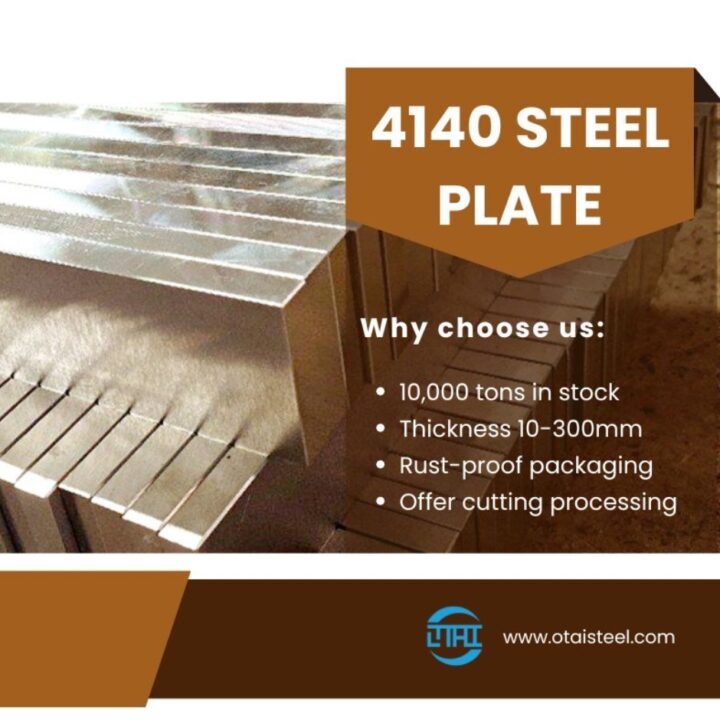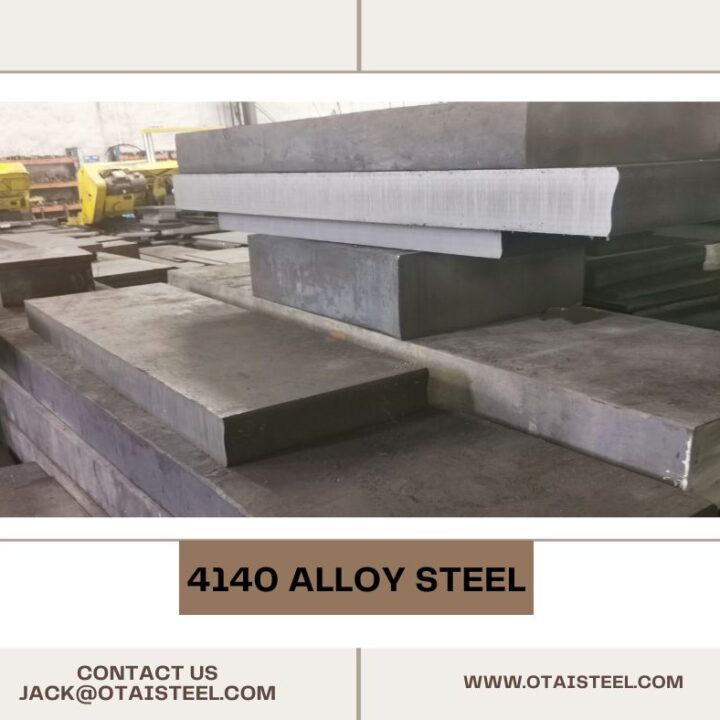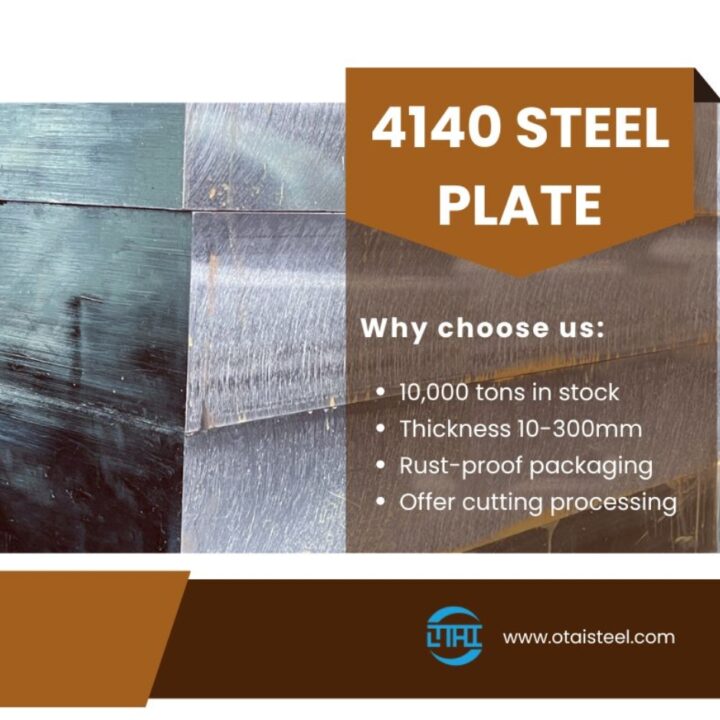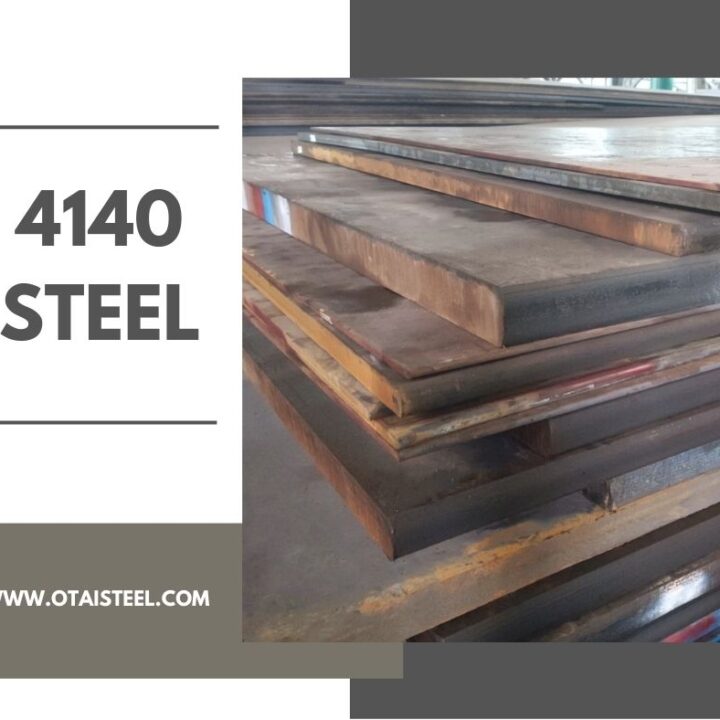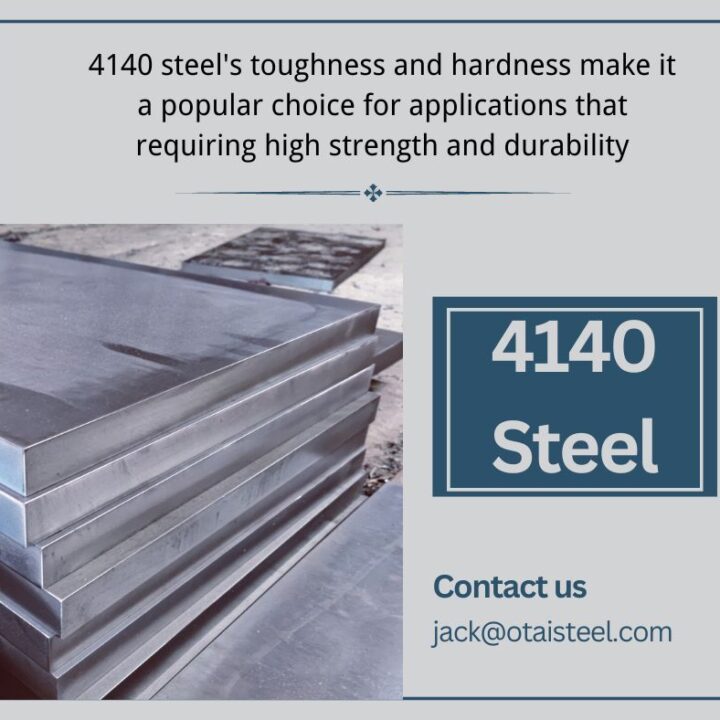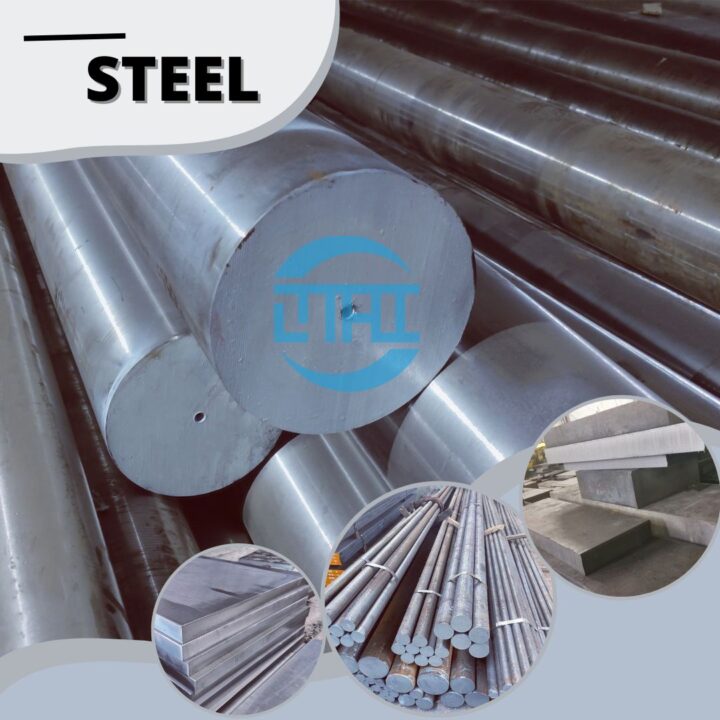Pressure vessels and boilers are devices that store or generate high-pressure steam or other fluids for various industrial applications. They are often subjected to extreme temperatures, pressures, corrosive environments and mechanical stresses. Therefore, they require a material that can withstand these conditions without compromising the safety and performance of the system. (4140 steel in pressure vessels)
4140 steel is a low alloy steel that contains chromium, molybdenum and manganese. It is widely used for the fabrication of pressure vessels and boilers due to its excellent properties, such as:
- High strength: 4140 steel has a high tensile strength of about 95,000 psi, which is much higher than most carbon steels. This allows it to resist deformation and rupture under high pressure.
- High toughness: 4140 steel has a high impact resistance and can absorb energy without fracturing. This allows it to resist shock and vibration that may occur during operation or transportation.
- High fatigue resistance: Pressure vessels and boilers made from 4140 steel can withstand cyclic loading without premature failure. This allows them to have a long service life and reduce maintenance costs.
- Hardenability: 4140 steel can be hardened through heat treatment, enhancing its strength and wear resistance. This allows it to resist abrasion and erosion caused by the fluid flow or solid particles.
- Corrosion resistance: Proper surface treatments and coatings can improve the corrosion resistance of 4140 steel. This allows it to resist rusting and oxidation caused by exposure to moisture, chemicals and gases.
How is 4140 Steel Made?
4140 steel is made by melting iron, carbon and other alloying elements in an electric or oxygen furnace. The molten steel is then poured into molds or ingots and cooled. The steel may then be annealed (heated and slowly cooled) to reduce the internal stresses and improve the machinability and ductility of the steel.
The steel may also be quenched (rapidly cooled) and tempered (reheated to a lower temperature) to increase the hardness and toughness of the steel. Quenching and tempering can be done in different ways to achieve different levels of hardness and mechanical properties.
How to Fabricate, Weld and Finish 4140 Steel?
4140 steel is a relatively easy material to work with, as long as you follow some guidelines:
- Fabrication: 4140 steel can be fabricated using conventional methods such as cutting, bending, drilling, punching, etc. However, it is recommended to use sharp tools, high cutting speeds, low feed rates and adequate lubrication to avoid overheating and excessive tool wear.
- Welding: 4140 steel can be welded using various techniques such as arc welding, gas welding, resistance welding, etc. However, it is important to preheat the steel before welding and postheat it after welding to avoid cracking and distortion due to thermal stress. It is also advisable to use filler metals that match the composition of the base metal.
- Finishing: 4140 steel can be finished using various methods such as grinding, polishing, sandblasting, painting, coating, etc. However, it is important to remove any surface contaminants such as oil, grease, dirt, etc. before finishing to ensure a good adhesion and appearance of the final product. (4140 steel in pressure vessels)
